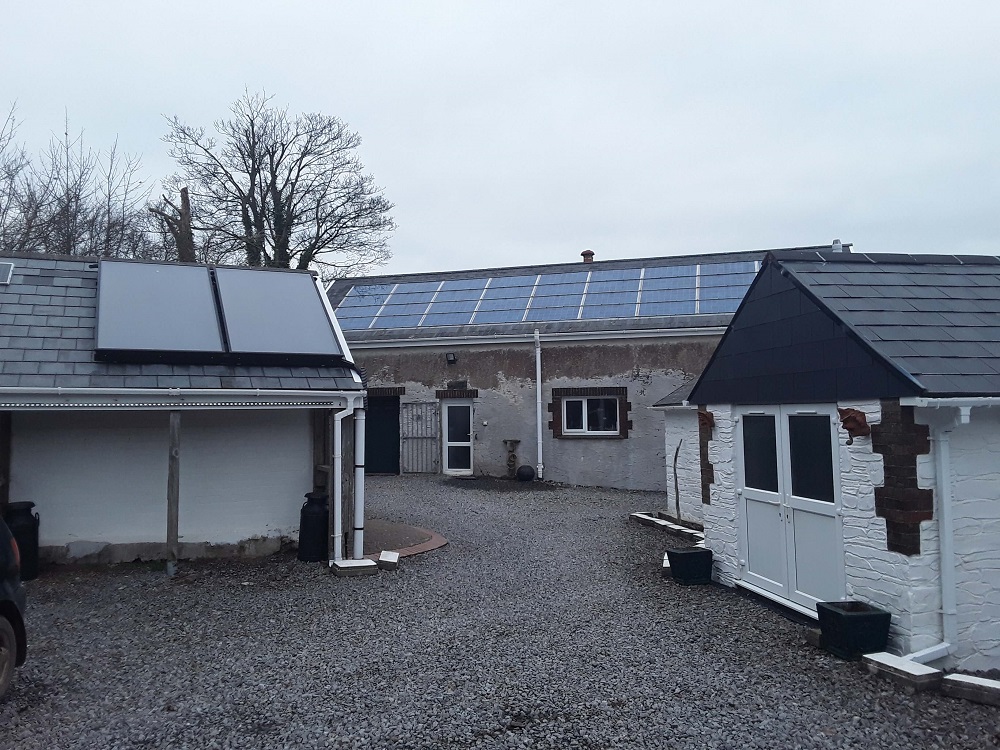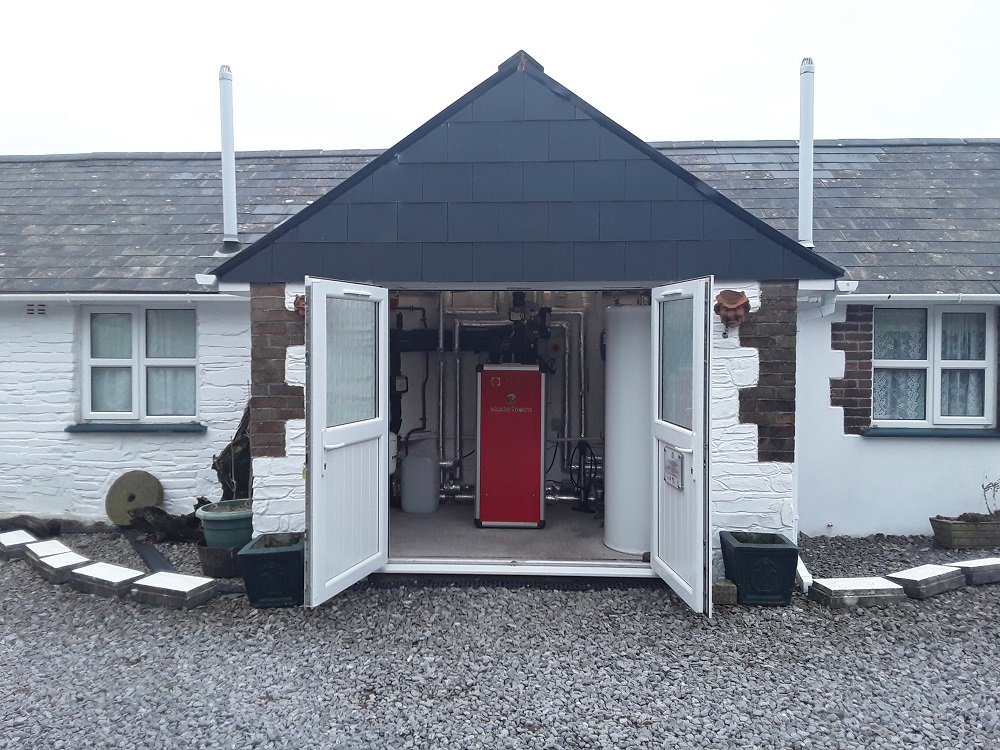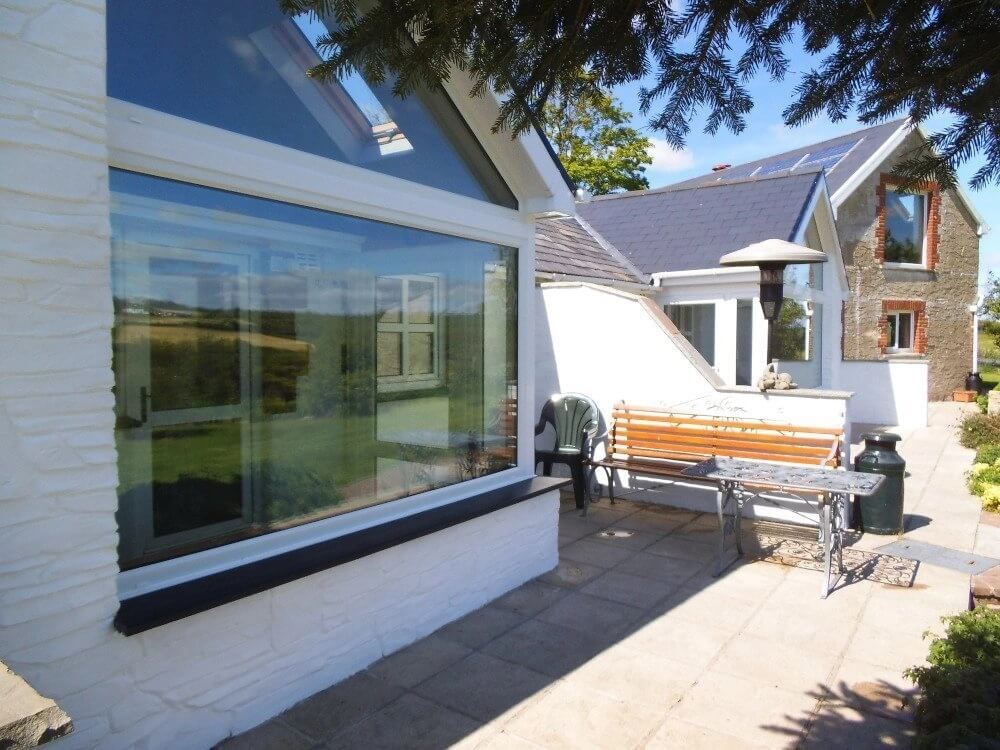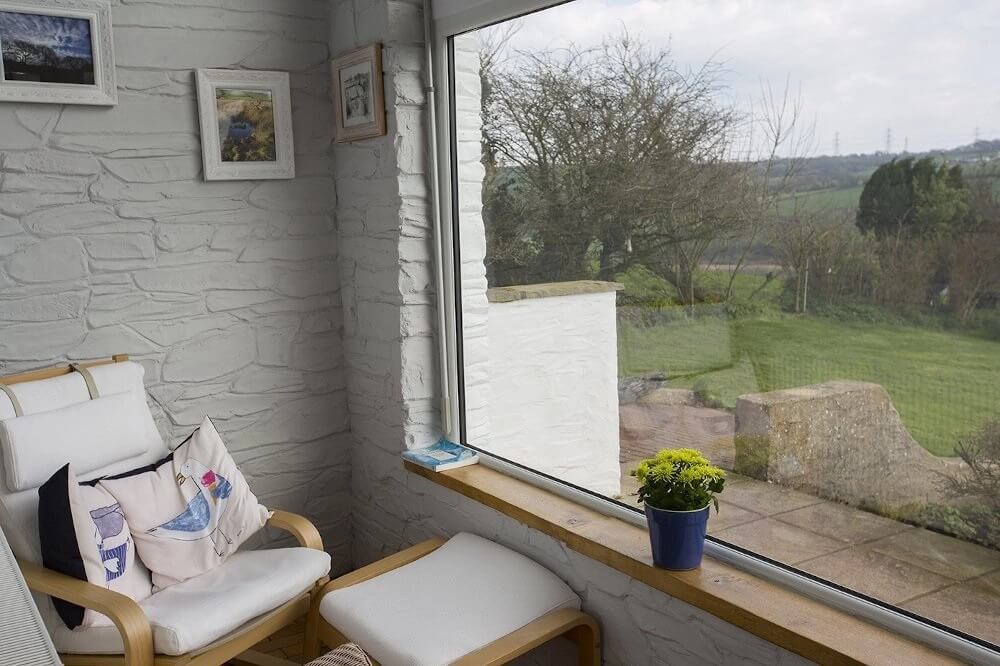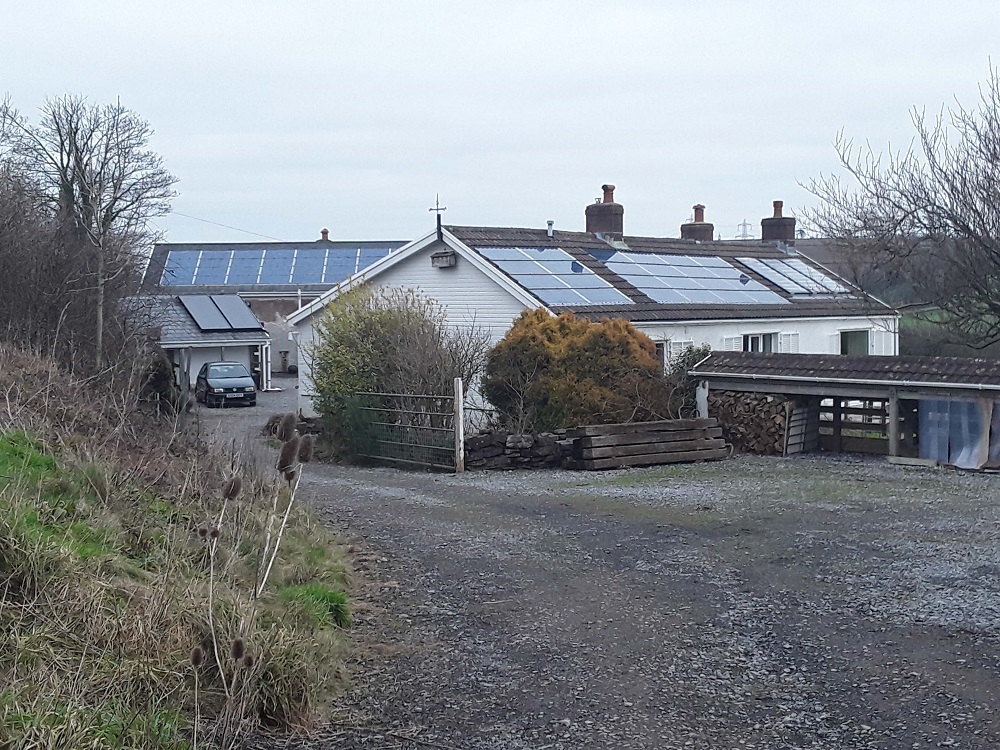
CASE STUDY:
Maximising Self-Consumption for a Small PV System (Tan Y Lan Fach Holiday COttages)
Overview
SPECIFIC offers companies that are looking to run more sustainably with independent, expert advice on renewable technologies and energy modelling.
The Tan Y Lan Fach holiday cottages in rural Carmarthenshire are fitted with a ground source heat pump, solar thermal hot water system, and solar panels. The owners wanted to know how to maximise the benefits of these technologies.
The domestic energy market is undergoing some major changes that are driven by increasing prices, the end of the Feed in Tariff (FIT), the emergence of electric vehicles (EVs), and new tariffs targeting EV drivers. As a result, for onsite renewable energy generation, maximising self-consumption is now the best route to ensure financial payback.
A simple 4kWp solar system, with limited behaviour change and no technology to help self-consumption, will typically consume around 50% of the generated energy over the annual cycle, with the remaining 50% exported to the grid. However, by adding domestic batteries and an EV it is possible to achieve more than 90% self-consumption over the year.
Using data collected over three years by the owners, SPECIFIC compiled a report to investigate some of the available options for Tan Y Lan Fach to help them maximise consumption of the renewable energy generated onsite.
Project partners: Tan Y Lan Fach
Aims:
- To look available technology and options to aid the homeowner with optimising their use of renewable energy generated onsite.
- To show how best to support the grid by aligning the home’s energy import to coincide with periods of low demand.
- To show the possible methods and impacts energy metering has on household consumption.
Impact:
- Produced a report with several recommendations to help the Tan Y Lan Fach owners optimise their use of the onsite renewable energy generation, including:
- Improving energy monitoring, so that informed decisions can be made on the best usage strategy.
- Adding domestic hot water generation via immersion diversion, which can increase self-consumption by 20%.
- Installing batteries, so that they can time shift 90% of electricity import to the off-peak tariff rate.
- Using an EV with smart charging capability. In combination with domestic battery storage, overall self-consumption rates can approach 95%.
